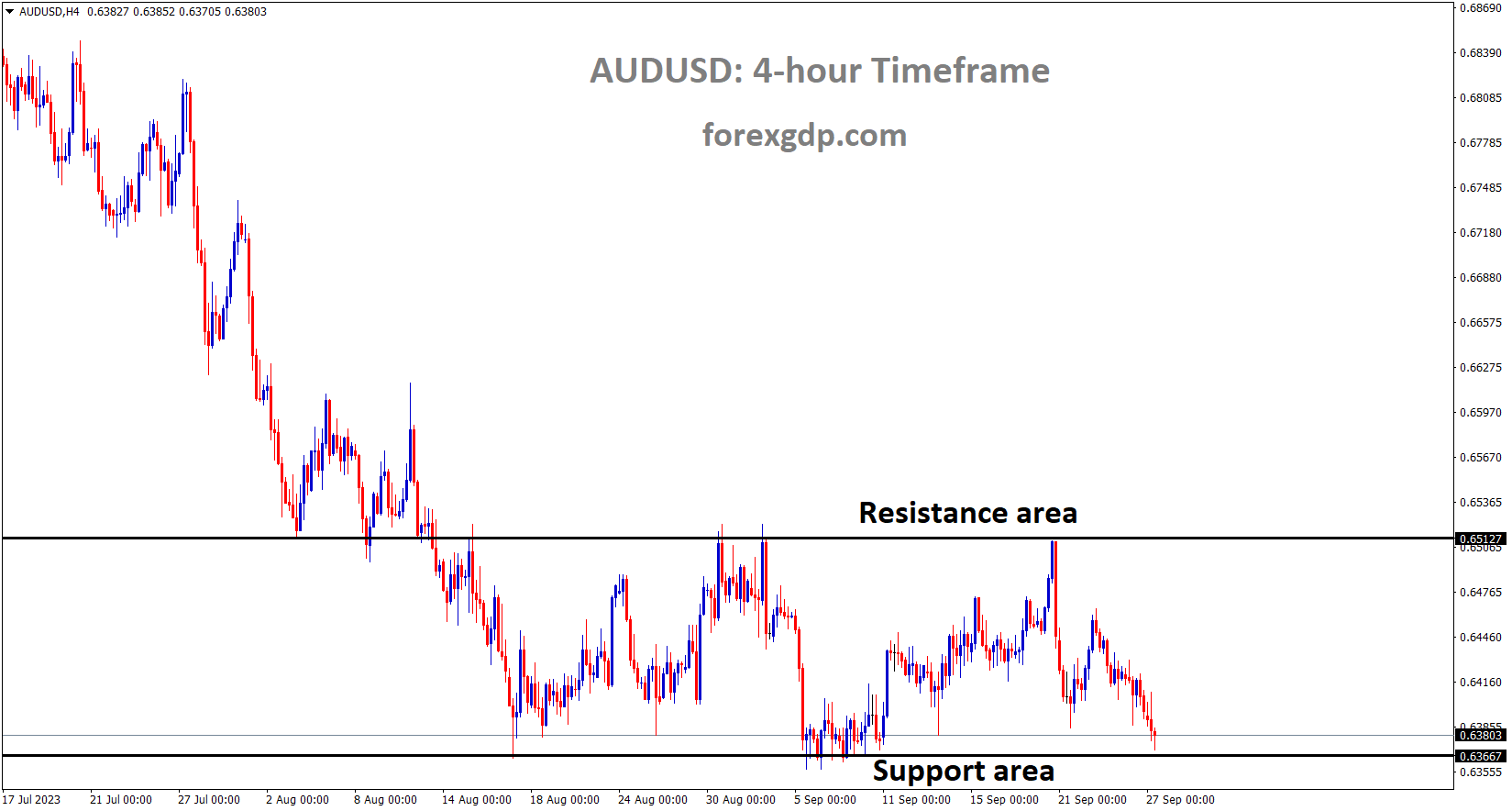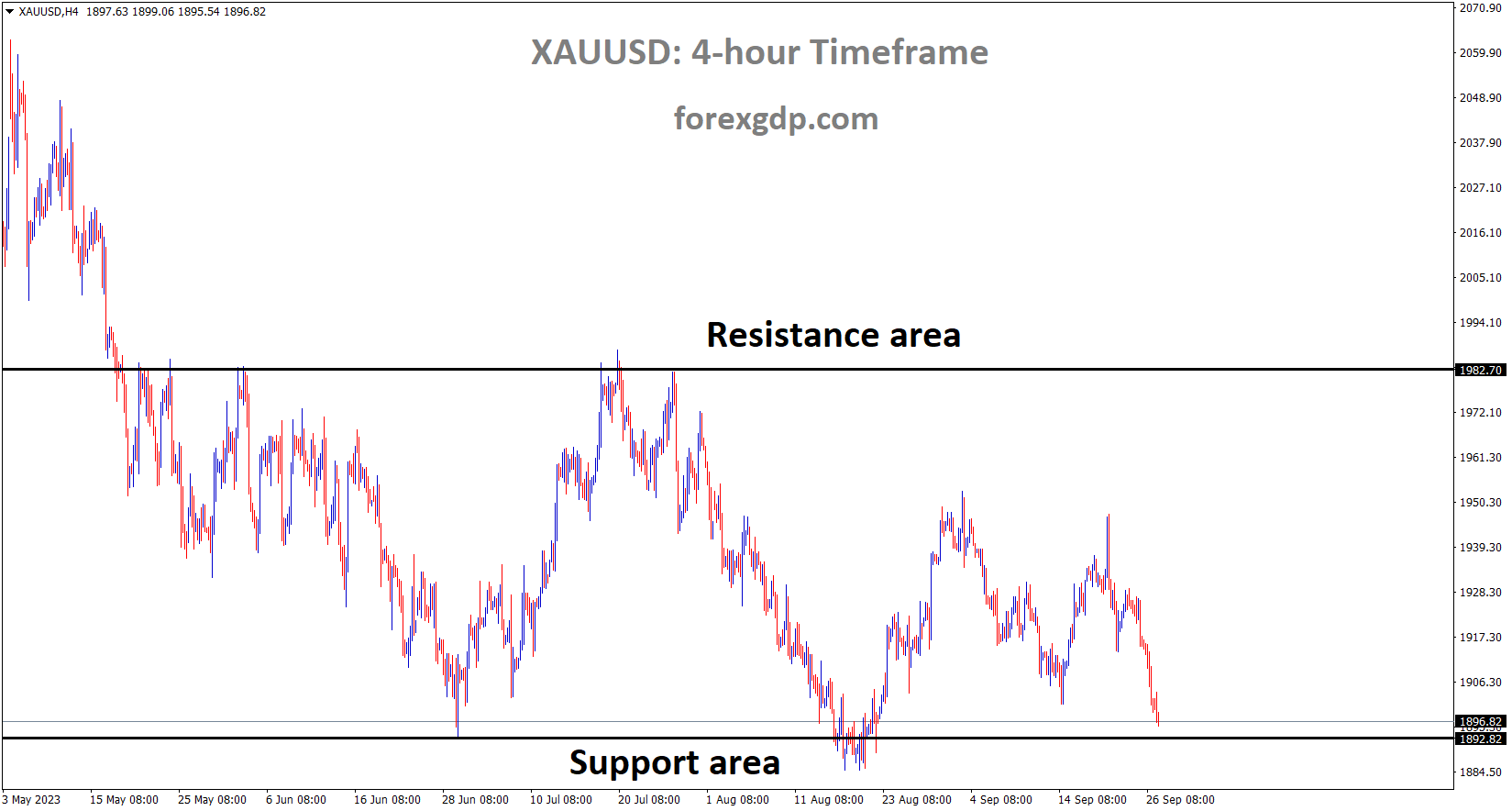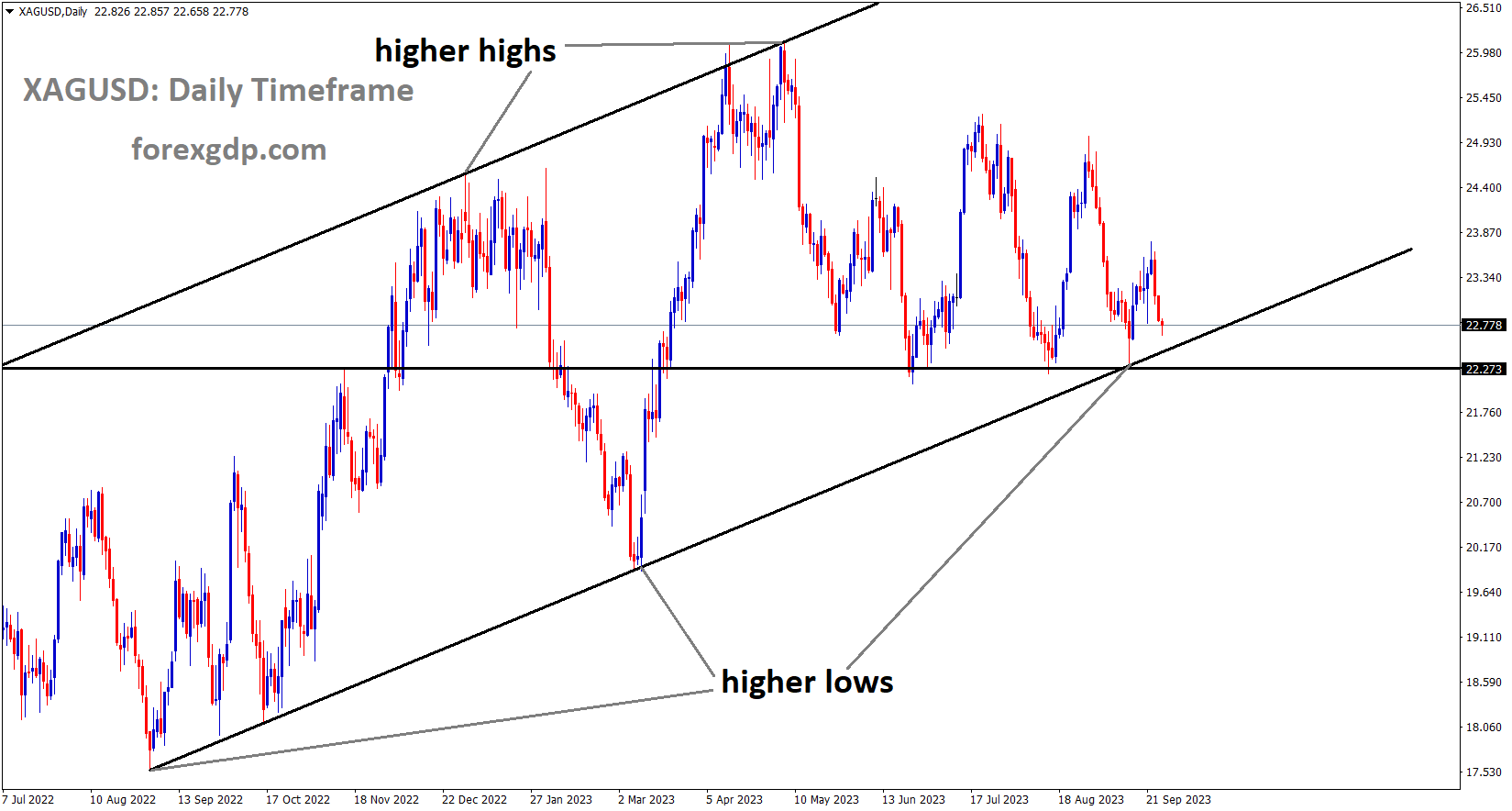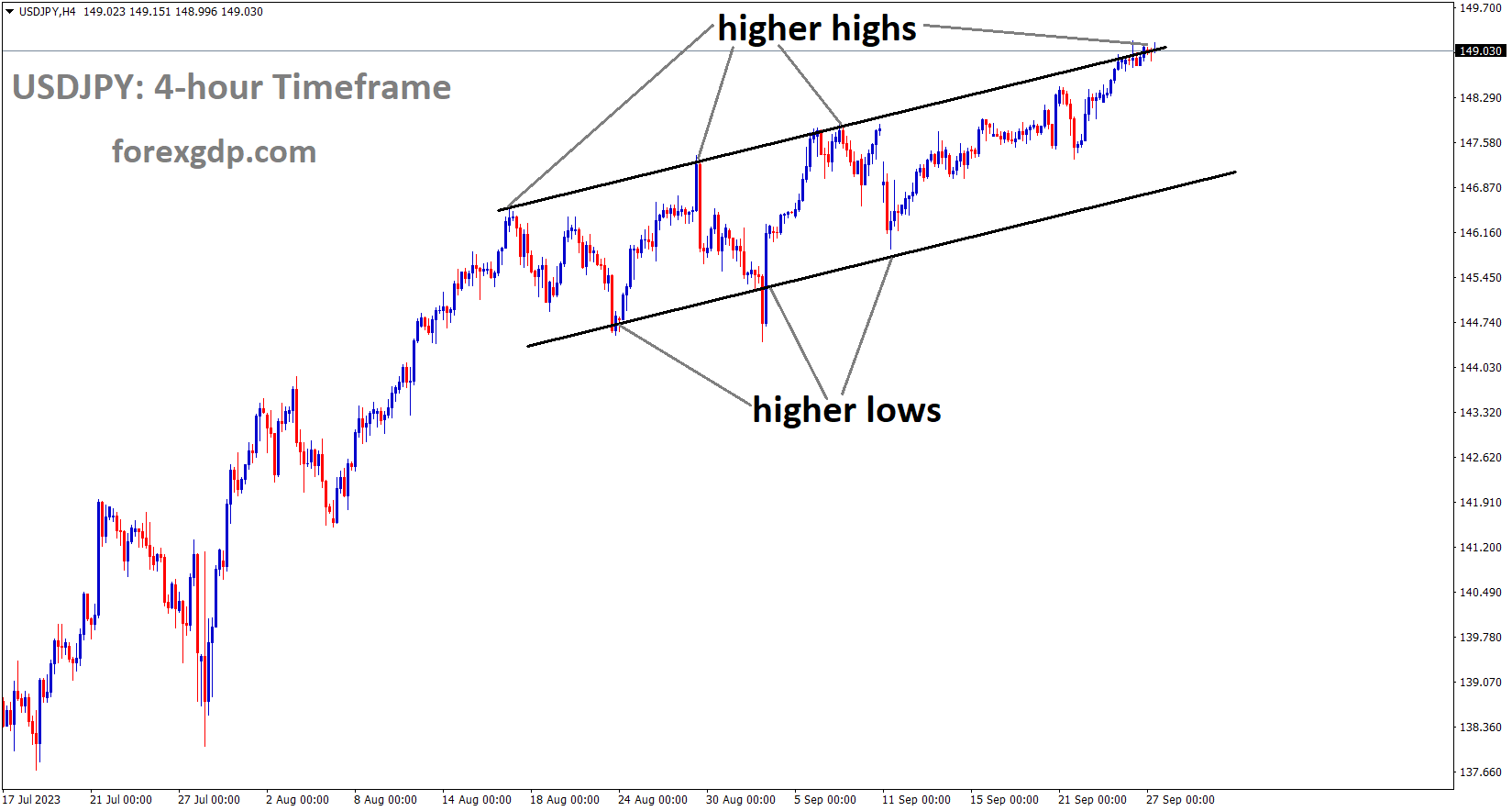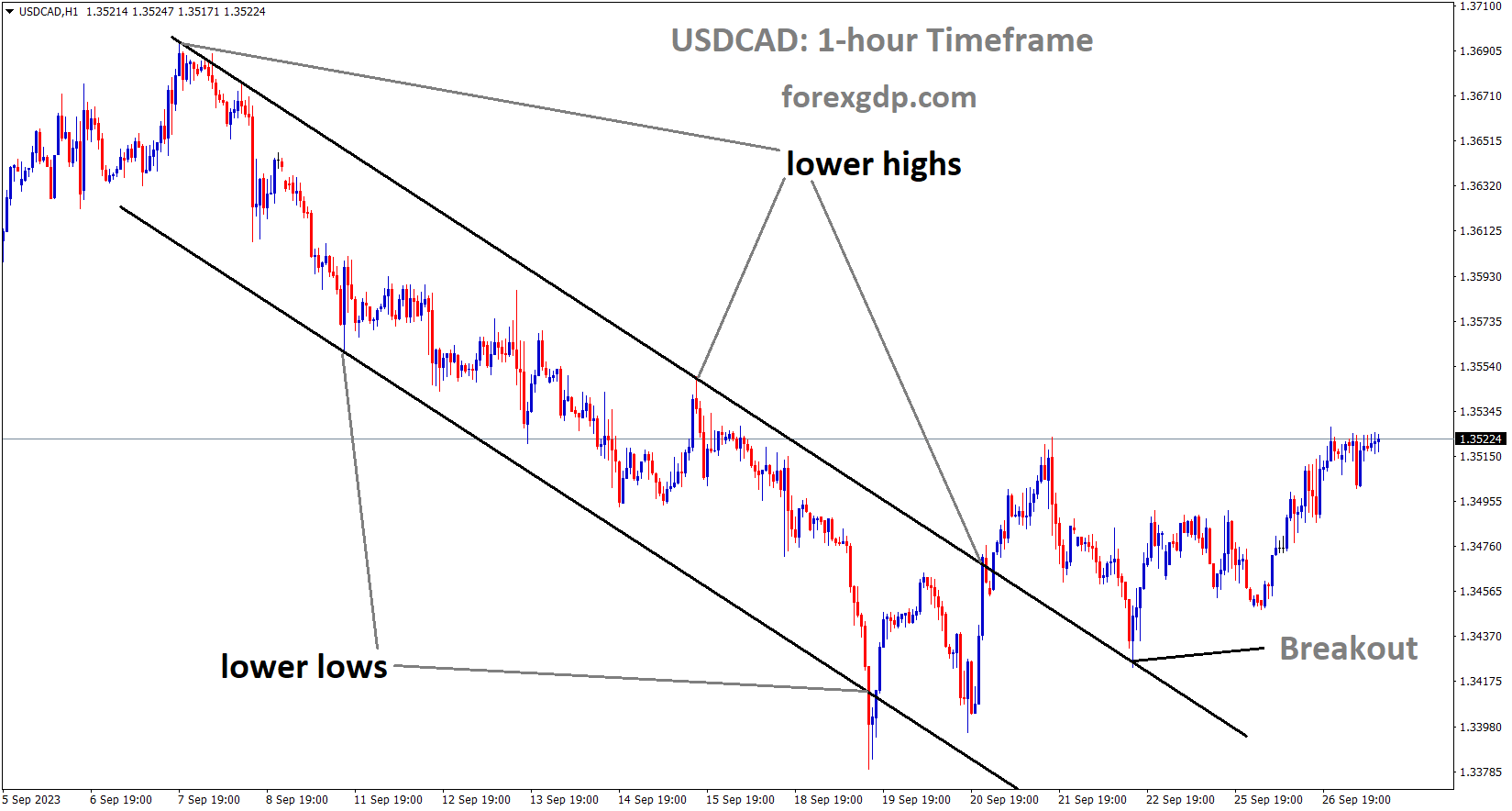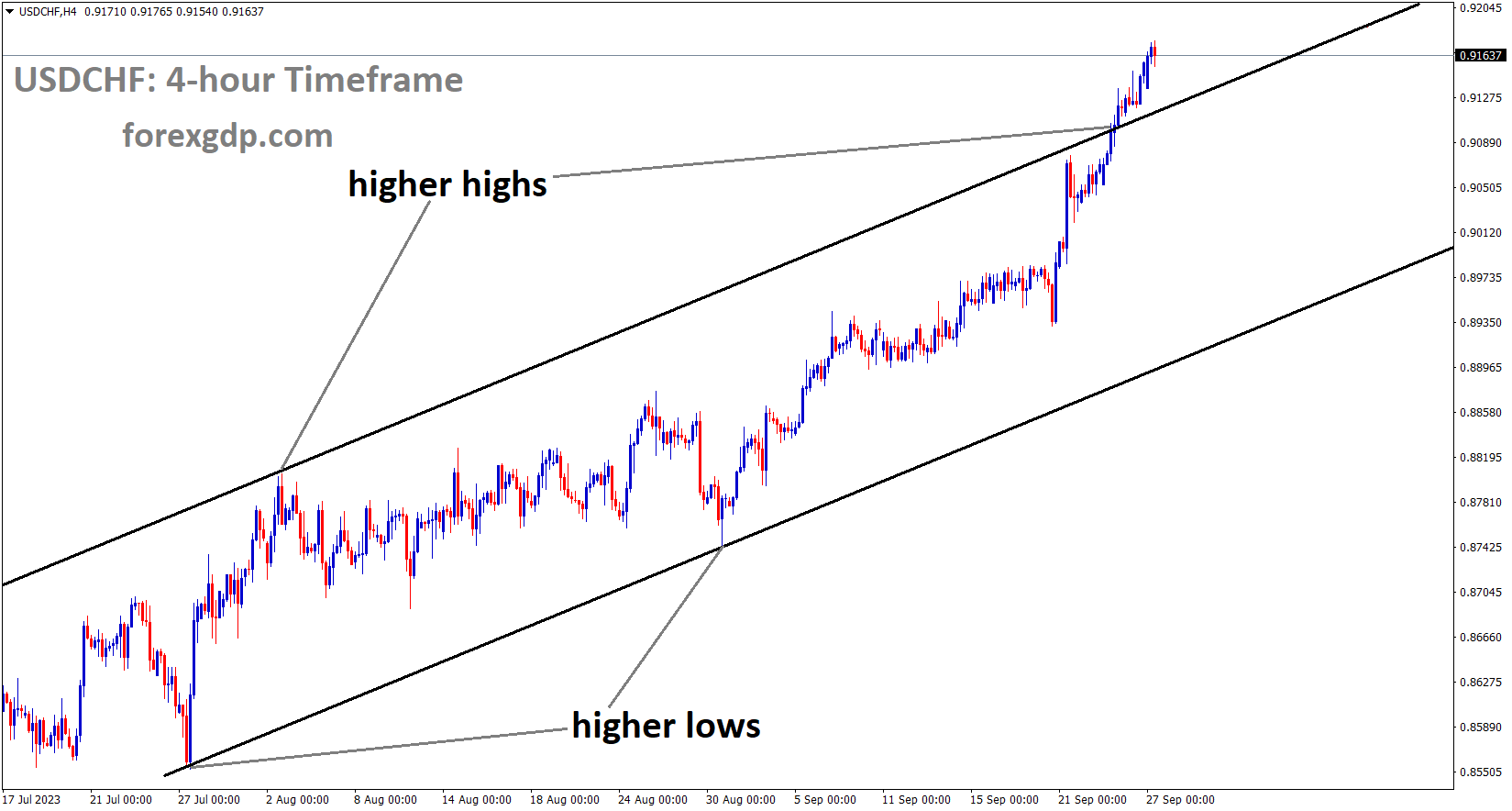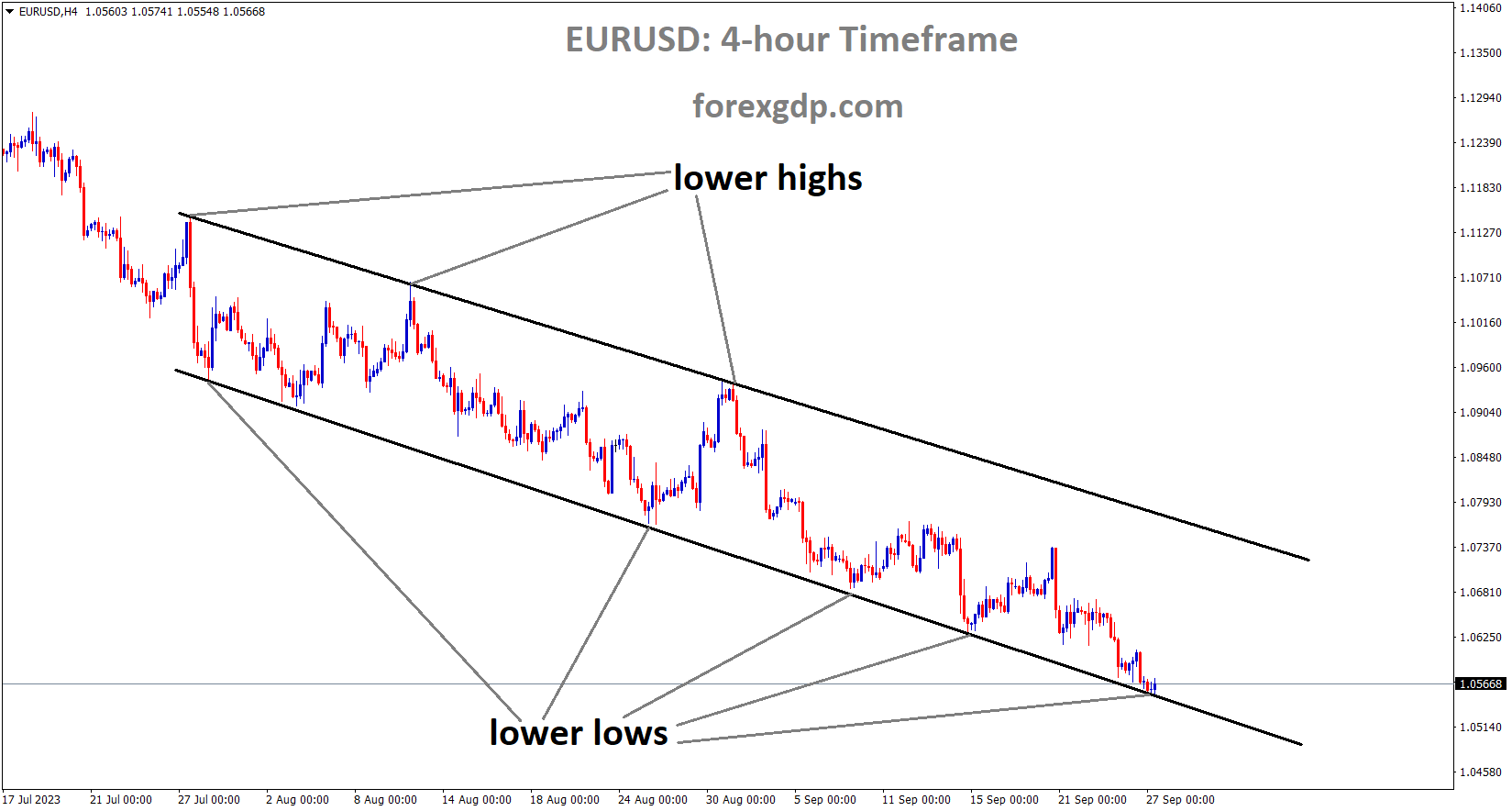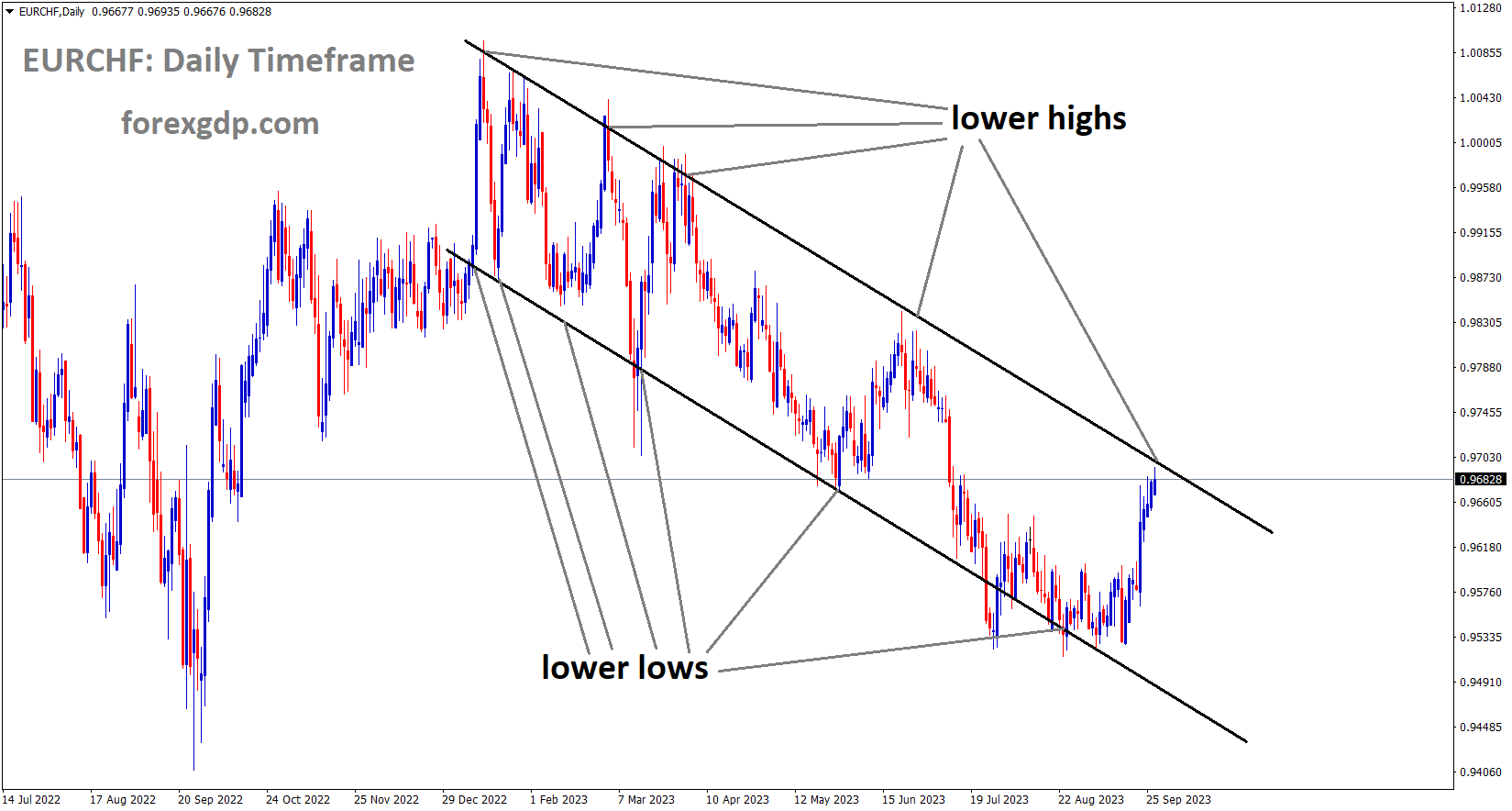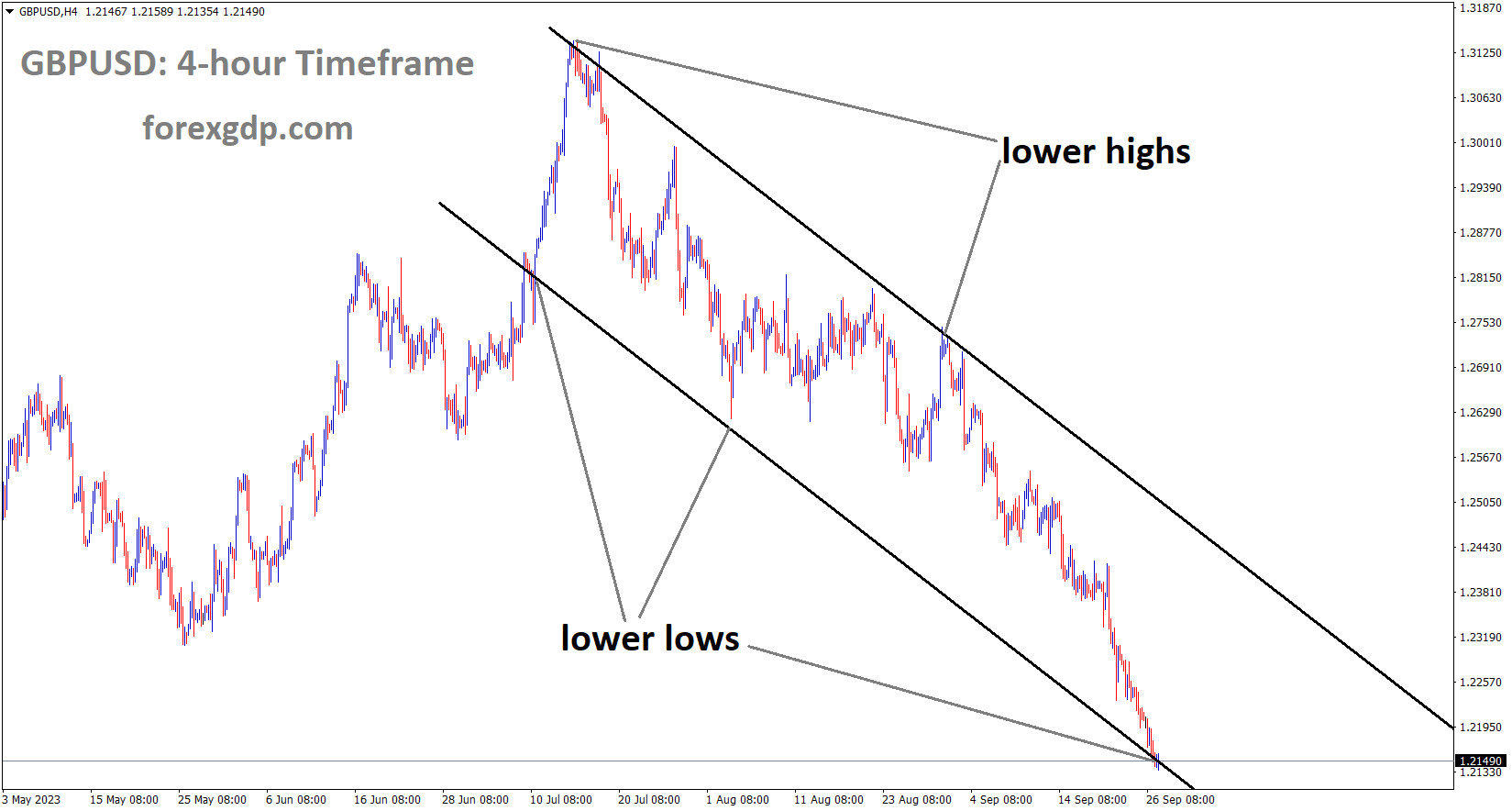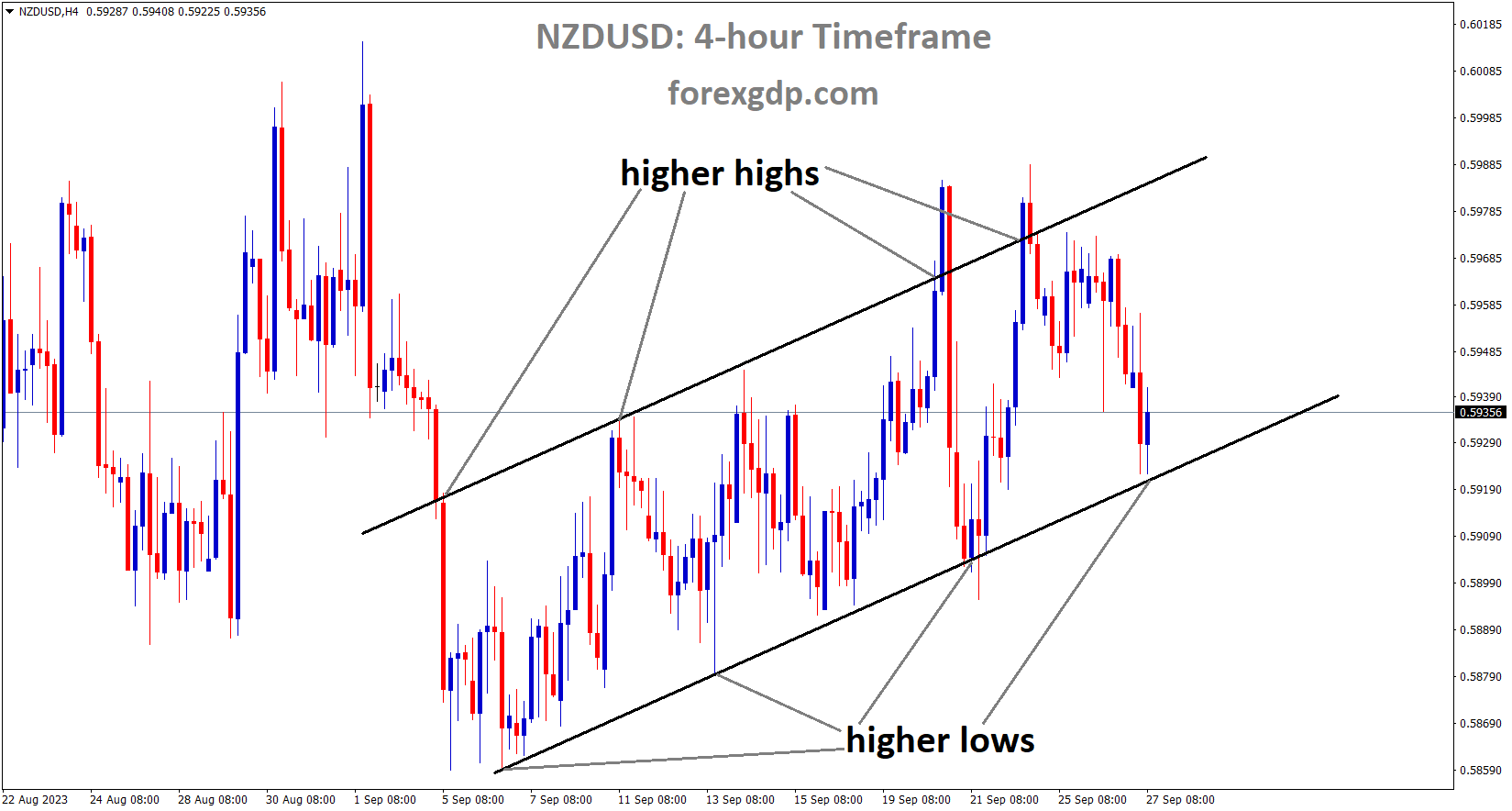AUDUSD Analysis
AUDUSD is moving in the Box pattern and the market has reached the support area of the pattern
Australian CPI figures for August were 5.2%, which was lower than anticipated. Notable percentages are 4.9% in July and 5.4% in June. A rate hike by the RBA at its monetary policy meeting next week is more likely as a result of unexpectedly high inflation data.
Following a spike in consumer price inflation last month, the Australian dollar maintained its early gains, supporting the growing belief that interest rates will stay higher for an extended period of time. In August, Australia’s CPI increased to 5.2% on-year, as anticipated, from 4.9% in July and 5.4% in June. The Reserve Bank of Australia (RBA) is more concerned with the quarterly CPI, which is more relevant given the volatility of monthly CPI figures. However, persistently high inflation increases the likelihood that the RBA will maintain its hawkish stance for some time to come.
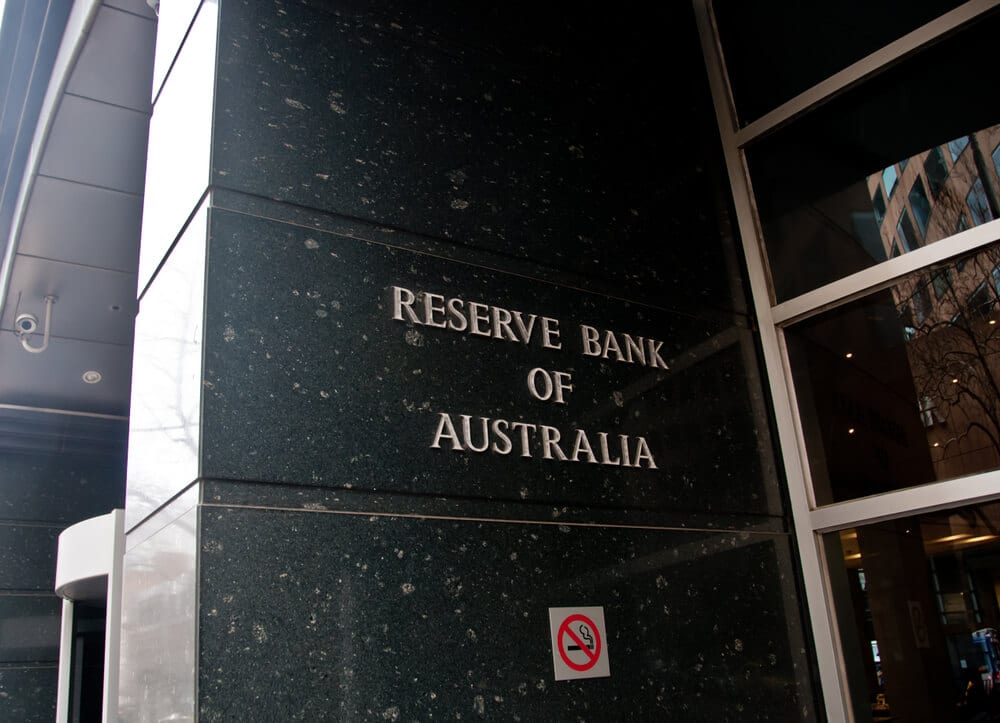
Philip Lowe, the former head of the RBA, warned earlier this month that wages and profits might exceed levels consistent with inflation hitting target again in late 2025. At its meeting earlier this month, the RBA maintained the benchmark rate at 4.1%, noting that recent data is consistent with inflation returning to the target range of 2-3% by late 2025. As of early next year, the markets have priced in one more rate hike from the RBA and have discounted any possibility of a cut in 2024.
Meanwhile, as a result of the US yields rising and the growing belief in higher US rates for longer periods of time, risk appetite has diminished. The president of the Chicago Fed, Austan Goolsbee, emphasised the central bank’s top priority, stating that the possibility of inflation continuing to rise above the Fed’s 2% target outweighs the possibility of higher rates unduly slowing the economy. In addition, sentiment is still affected by concerns about the Chinese economy and geopolitical tensions. Although the government has responded in recent months with a number of supportive initiatives, a significant shift in public opinion has not yet resulted from these initiatives.
GOLD Analysis
XAUUSD Gold price is moving in the Box pattern and the market has reached the support area of the pattern
Following the FED’s maintenance of its hawkish rate for 2023, gold prices fell. The economies of developed nations like China and Europe are struggling, which is good news for the US dollar.
Additional support for the US dollar has come from a possible government shutdown as well as weakening economic data around the world that indicates a slowdown. The increased yields associated with retaining US dollars sustain the strength of the greenback as demand for safe haven assets increases. This morning’s increased unpredictability surrounding the Chinese real estate market contributes to the Dollars haven appeal.

The positive trend in US data this week persisted as US housing prices increased in July. In addition, Federal Reserve Policymaker Bowman is expected to make remarks later today in advance of additional US data later this week. The seasonality of the US Dollar’s gains over the previous four years against emerging market currencies and countries in Western and Eastern Europe provides another reason to be bullish on the USD. Societe Generale economists who assess the USD outlook for Q4 also affirmed this. Will we see a fifth year of this seasonality trend? For now, all the signs point to it. Because safe haven appeal continues to favour the US Dollar over the unyielding precious metal, sustained strength in the US dollar could have a negative impact on gold prices in Q4. Up until now, market uncertainty has kept gold prices somewhat supported; however, if the DXY keeps rising, gold may be headed for new lows in 2023.
SILVER Analysis
XAGUSD Silver price is moving in an Ascending channel and the market has reached the higher low area of the channel
The FED officials’ soft landing of inflation quotes explains the current strength of the USD. The USD moves up against counter pairs more forcefully after a soft landing.
The USD had a solid day on Tuesday as well. Commerzbank’s Head of FX and Commodity Research, Ulrich Leuchtmann, evaluates the prospects for the greenback. I believe that a more positive economic outlook for the US than for Europe must be held by the majority of traders before the EUR/USD can weaken. This indicates that the likelihood of a unique “soft landing” for the US economy is what is driving the strength of the USD. Is this a feasible scenario? It is not insurmountable. I do not wish to assert, therefore, that the USD’s strength inevitably rests on thin ice. A soft landing, though, is also not a fait accompli.
I believe that the FX market has grown overly reliant on the idea of a “soft landing” for the US economy. Should that materialise, a slight increase in USD strength could be warranted, though probably not by much. However, if we do not see it, a significant correction in the USD’s strength would be appropriate. Because of this, I continue to be more at ease among the doubters who are dubious about the recent strength of the USD. I feel that there are not enough people in the sceptic camp, even though I am fully aware that my scepticism might prove to be misplaced if the US economy does experience a soft landing.
USDJPY Analysis
USDJPY is moving in an Ascending channel and the market has reached the higher high area of the channel
The government spending bill was supported by the US House of Representatives, but republicans obstructed its passage until Sunday.
According to Japan’s Finance Minister Shunichi Suzuki, the FX market is closely monitoring any urgency signals from the government.
A Republican-backed bill in the US House of Representatives to fund portions of the federal government cleared a procedural hurdle on Tuesday, but it would not stop the partial government shutdown that is scheduled to start on Sunday.
Shunichi Suzuki, the Japanese Finance Minister, is once again using verbal intervention to save the day for the yen. Suzuki emphasised once more how intently he is watching FX.
USDCAD Analysis
USDCAD has broken the Descending channel in upside
US consumer confidence was 103.00 in September compared to 108.70. When compared to the Canadian dollar, the US dollar gained strength. USD and oil prices in the market are to blame for the Canadian dollar’s weakness.
In early Asian trading on Wednesday, the USDCAD pair trades slightly lower than the 1.3500 barrier. The Federal Reserve’s Fed aggressive approach combined with risk aversion makes the US dollar USD stronger overall. The US Dollar Index DXY, which gauges how much the USD is worth in relation to a basket of other currencies, is currently trading above 106.20, which is the highest level since November. Currently trading at 1.3510, the pair is down 0.05% for the day. The USDCAD pair is still dependent on the dynamics of the USD price because no economic data was released on Wednesday from the Canadian docket. However, given that Canada is the top oil exporter to the US, the increase in oil prices may limit the upside of the USDCAD and strengthen the commodity-linked Loonie. The US Conference Board CB Consumer Confidence for September increased by 103.0 from 108.7 in August, according to economic data released on Tuesday. Concerns about the political climate and rising interest rates were evident in the figures, which fell to a four-month low. In the meantime, the August reading for the Building Permits increased from 1.443M to 1.541M. The House Price Index increased from 0.4% in the previous reading to 0.8% MoM in July, exceeding the 0.5% market consensus. After increasing by 8% in July, new home sales fell by -8.7% in August.
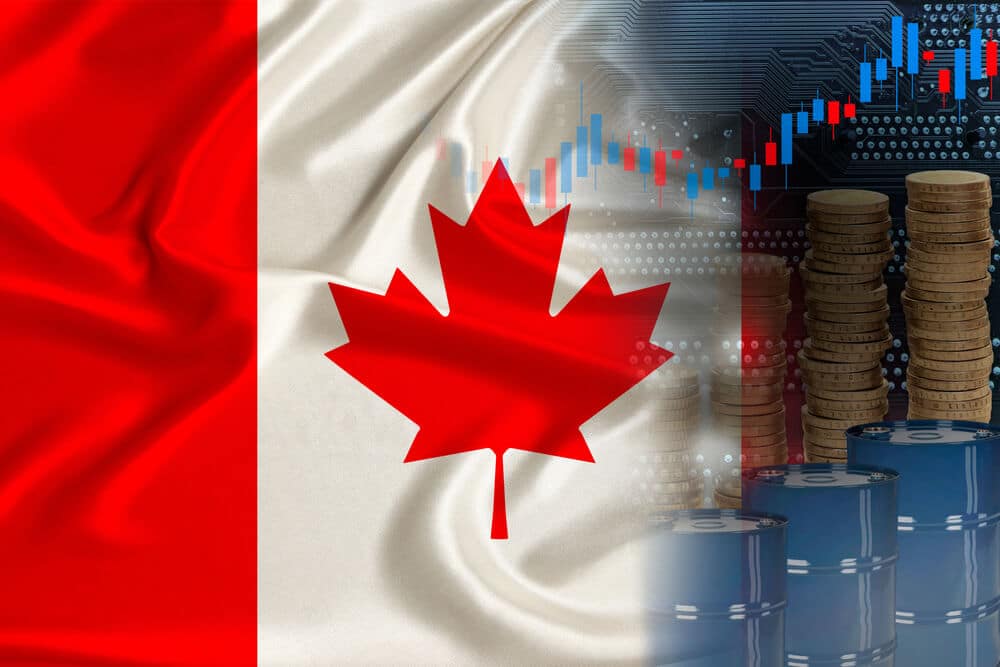
During its September meeting last week, the Federal Reserve Fed decided to keep interest rates unchanged in the range of 5.25% to 5.50%. Macroeconomic forecasts-wise, the majority of members continue to anticipate additional rate increases later this year. Neel Kashkari, the president of the Minneapolis Federal Reserve Bank, said on Tuesday that he agrees with other Fed policymakers that there should be one more rate increase this year. In order to calm things down, he continued, US interest rates most likely need to rise slightly and stay there for a longer period of time. As a result, the USD gains ground on the Canadian Dollar CAD. Market participants are anticipating the release of the US Durable Goods Orders report on Wednesday. The Fed’s preferred gauge of consumer inflation, the Core Personal Consumption Expenditure Price Index PCEPI will be in the spotlight on Friday as it is predicted to decline from 4.2% to 3.9%. Using the data as a guide, traders will look for trading opportunities around the USDCAD pair.
USDCHF Analysis
USDCHF is moving in an Ascending channel and the market has reached the higher high area of the channel
Swiss Franc falls versus counter pairs ahead of the SNB Quarterly Bulletin and the Swiss ZEW Survey.
For the seventh day in a row, the USDCHF pair is up during Wednesday’s early European session. At 0.9165, USDCHF is up 0.09% for the day as of this writing. In anticipation of the US consumer inflation report on Friday, market players watch the Swiss ZEW Survey and Swiss National Bank SNB Quarterly Bulletin on Wednesday for additional momentum.

Technically, the four-hour chart shows that the USDCHF pair is holding above the 50- and 100-hour Exponential Moving Averages EMAs with an upward slope. This suggests that moving upward is the pair’s path of least resistance. When the Relative Strength Index RSI is above 50, it remains in bullish territory. Before positioning for any near-term USDCHF appreciation, additional consolidation cannot be ruled out, according to the overbought RSI condition.
EURUSD Analysis
EURUSD is moving in the Descending channel and the market has reached the lower low area of the channel
Because there are more rate cuts in the table, the ECB has lowered its forecasted GDP and CPI figures for 2024 and 2025.
In a bearish consolidation phase, the EURUSD pair moves within a small range that touches the 1.0555 region touched on Wednesday during the Asian session, which is close to its lowest point since March 16. A growing body of evidence suggests that the Federal Reserve Fed will maintain higher interest rates for an extended period of time, which is supporting the US Dollar USD close to a 10-month high and acting as a drag on the EURUSD pair. Actually, the Fed adopted a more cautious stance last week, announcing that at least one more interest rate hike by the end of the year was probably in store due to persistently high inflation.

Furthermore, the resilience of the US economy and the recent remarks made by a number of Fed officials support expectations for additional policy tightening by the US central bank. The outlook continues to support elevated yields on US Treasury bonds and maintain the USD’s strength. In addition, a generally lower risk tone supports the safe-haven currency and helps to limit the movement of the EURUSD pair. Investors’ appetite for riskier assets is tempered by worries about economic headwinds resulting from rapidly rising borrowing costs, which are a backdrop of ongoing concerns about a real estate crisis in China. This implies that the path of least resistance for the EURUSD pair stays to the downside, as did the European Central Bank’s ECB dovish rate decision earlier this month.
EURCHF Analysis
EURCHF is moving in the Descending channel and the market has reached the lower high area of the channel
Rejecting its projections for both GDP growth and CPI in 2024 and 2025, the ECB may be abandoning further rate increases for the time being. Moreover, conjectures regarding a potential slowdown in GDP in the second half of the year validate wagers that the 14-month policy tightening cycle of the ECB may have already peaked, which is favourable to the EURUSD bears. For some motivation, traders are now waiting for the German GfK Consumer Climate Index to be released, which comes later in the early North American session, before the US Durable Goods Orders data. After that, attention will turn to the Fed Chair Jerome Powell’s speech on Thursday, the final US GDP print, and the flash German CPI report. On Friday, the US Core PCE Price Index will come next.
GBPUSD Analysis
GBPUSD is moving in the Descending channel and the market has reached the lower low area of the channel
The GBP is weaker than other currencies due to both internal and external factors, and expectations of a rate hike are lower than they were previously.
Economists at HSBC believe that both internal and external factors indicate a weaker GBP in the near future. We believe that a change in rate expectations could drag the currency since markets will gradually begin to see that the next move in UK rates will be downward rather than upward.
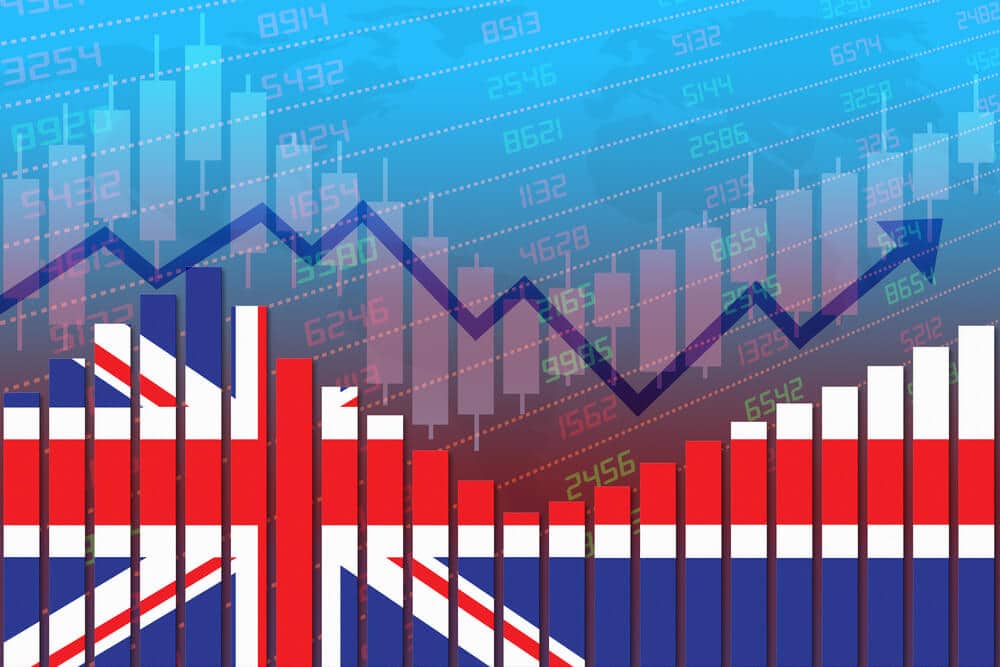
Given that short-term cyclical indicators like PMIs have begun to deteriorate once more, the cyclical narrative is also unlikely to offer the GBP much support. Lastly, the difficult domestic factors will likely keep the GBP under pressure unless and until there is a spike in risk appetite, bolstered by an improving global outlook.
NZDUSD Analysis
NZDUSD is moving in an Ascending channel and the market has reached the higher low area of the channel
The NZD economy is becoming more resilient, so it is more likely that the RBNZ will raise interest rates at its upcoming meeting. This week’s NZD Business Confidence report is planned.
During the Asian session on Wednesday, the NZD/USD pair has been trading in negative territory for the past two days. The stronger US Dollar USD and risk aversion are driving the pair’s increase. The pair is down 0.20% on the day and is presently trading close to 0.5932. According to economic data released on Tuesday, US Conference Board CB Consumer Confidence increased from 108.7 in August to 103.0 in September. The impact of rising interest rates and political unpredictability was reflected in the figures, which fell to their lowest point in four months. Building permits increased to 1.541 million in August from 1.44 million the month before. The House Price Index for July surpassed the consensus estimate of 0.5%, rising to 0.8% MoM from 0.4% in the previous reading. Compared to July’s 8% increase, August’s new home sales fell by -8.7%.
During its September meeting last week, the Federal Reserve Fed decided to keep interest rates unchanged in the range of 5.25% to 5.50%. Macroeconomic forecasts-wise, the majority of members continue to anticipate additional rate increases later this year. Neel Kashkari, the president of the Minneapolis Federal Reserve Bank, said on Tuesday that he agrees with other Fed policymakers that there should be one more rate increase this year. In order to calm things down, he continued, US interest rates most likely need to rise slightly and stay there for a longer period of time. The Federal Reserve’s Fed aggressive stance strengthens the US dollar relative to the New Zealand dollar NZD and acts as a drag on the NZD/USD exchange rate.
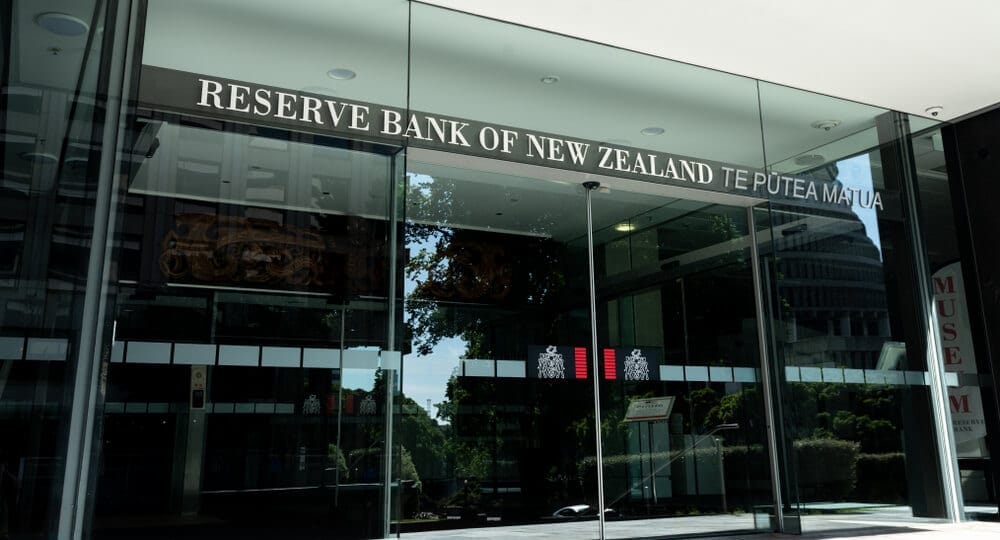
Regarding New Zealand, it seems that the markets have factored in an increase in the Official Cash Rate OCR by the Reserve Bank of New Zealand RBNZ until the end of 2023, given the country’s economy’s apparent greater resilience than first anticipated. Regarding the data from last week, New Zealand’s Trade Balance NZD decreased from $-1,107 million to $-2,291 million MoM in August. Compared to previous figures of $-15.88B, the annual trade deficit improved to $15.54B for the aforementioned month. Looking Ahead: ANZ and September Business Confidence in New Zealand The deadlines for Roy Morgan Consumer Confidence are Thursday and Friday, respectively. The US Durable Goods Orders report is scheduled for release on Wednesday, according to the US docket. The Fed’s preferred gauge of consumer inflation, the Core Personal Consumption Expenditure PCE Price Index, is set to be released on Friday, and will likely garner more attention. It is projected that the yearly rate will decrease to 3.9% from 4.2%. The data will provide traders with hints on where to find AUD/USD trading opportunities.
Don’t trade all the time, trade forex only at the confirmed trade setups.
Get Live Free Signals now: forexgdp.com/forex-signals/

